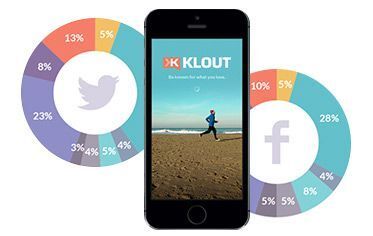 Logo
Logo
The Impact of Identifying and Measuring Influencers in Marketing
Consumers today want to be heard, just as much as brands want their message to be heard by consumers.
This post was originally created by Lithium before Spredfast and Lithium merged and became Khoros.
The most powerful brand messages often come directly from consumers, not from the brand themselves. The world's largest brands have recognized how beneficial it can be to engage in dialogue with their customers rather than push a message at them.
In today's world of social media, some consumers have louder voices that reach much broader audiences than others. These people have come to be known as "influencers".
Despite differences in the definition of "influencer", everyone agrees that connecting with the people who can drive others to take action is an important marketing tactic.
“You want the influencer to tell a story about your brand, but it has to be told in their own voice. They’ve built their networks, and they know best how to talk to them.”
— Fresh Jess Media
Identifying and Engaging with Influencers

What Makes an Influencer?
Brands should be able to identify influencers by the attributes of reach, relevance and resonance. But there’s often more that comes into play. For example, the idea of independence among influencers has become a big topic among clothing retailers. Learn more about influencer attributes in this guide.

Klout’s Influence Metric
One way to measure the reach, relevance and resonance of influencers is by using Klout. Using a social influence metrics tool can help you discover influential users that have authority for specific keywords and topics. We deep-dive into Klout's metrics in this guide.

Adding Influencers to Your Marketing Strategy
Once you’ve gathered your network of influencers, you’ll need to decide what types of roles you want them to play. Influencers might show off your product, review your product, incite discussion around your product, give feedback or collaborate on producing your product, produce content for your brand, offer incentives to your target audience, or appear in your marketing campaigns.